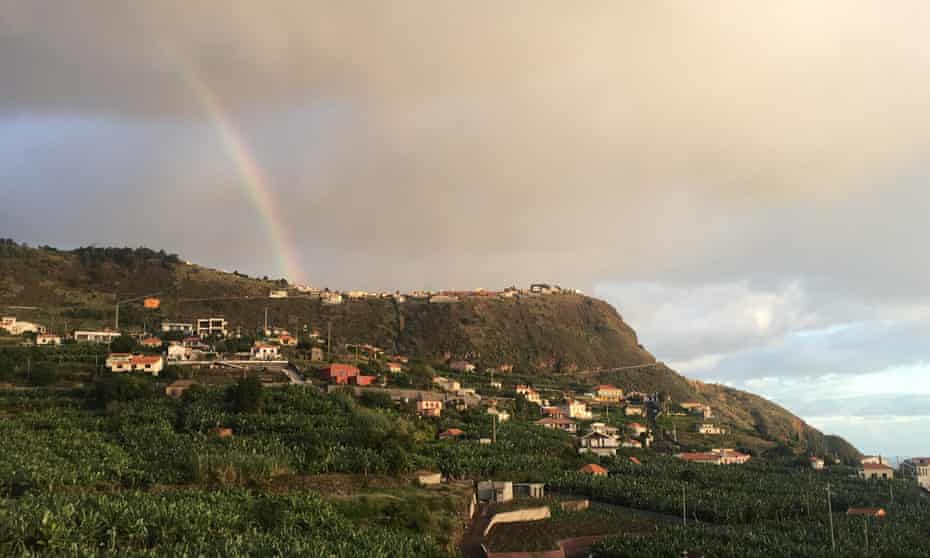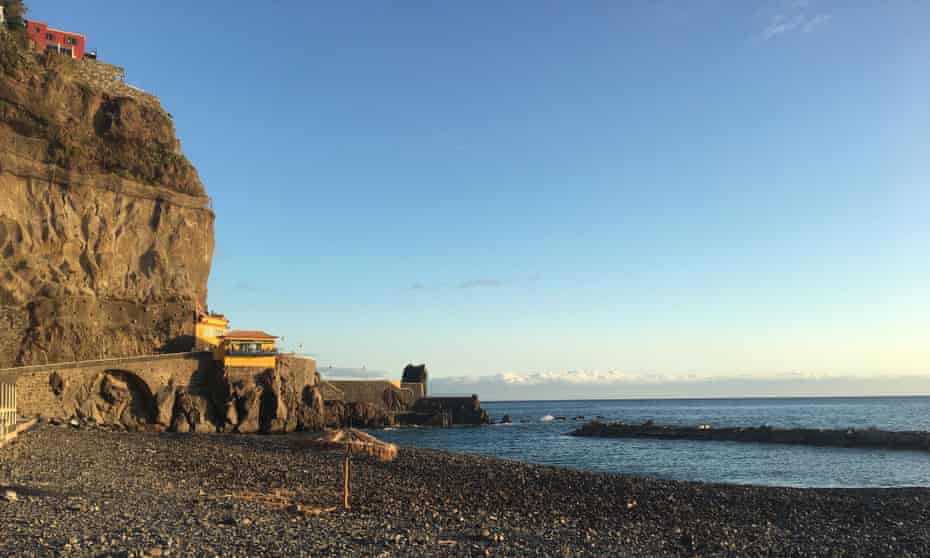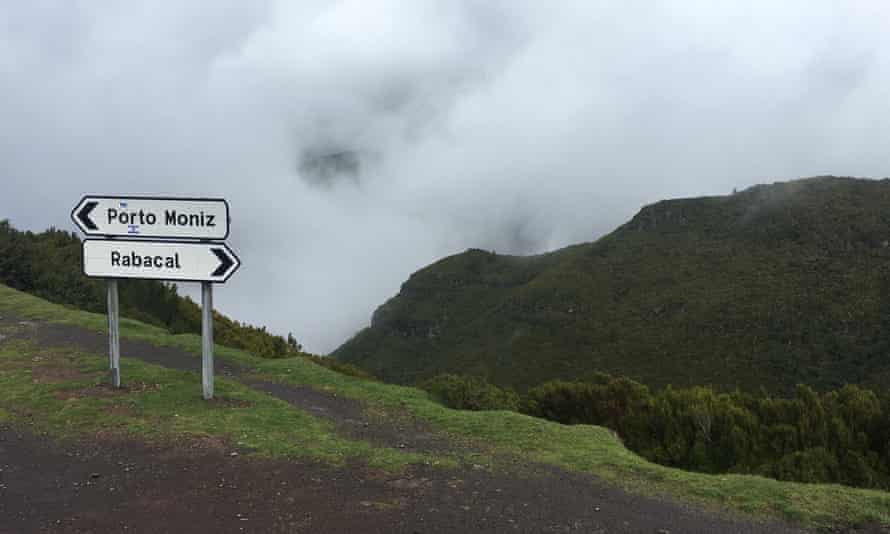Madeira, voted Europe’s best island destination at the World Travel Awards in 2020, is the most sought-after place to go this summer. Flight bookings shot up by 625% last Friday, according to Skyscanner, while lastminute.com also noted a 1,131% increase in searches for this “pearl of the Atlantic” in the days following the announcement of England’s travel green list.
This is largely because the island is one of few traditional British beach holiday destinations on the list (mainland Portugal and Gibraltar being the others). It also helps that visitors can get a free PCR test on arrival or departure. However, that’s not all the rocky archipelago off the west coast of Africa has to offer, as I found out when I visited for five weeks in November last year.
Despite being warned off by various thirtysomething friends, who claimed Madeira was for “old people”, I instantly fell for the island. The fact that I’d been living at home in Middlesbrough since the pandemic started, spending long days drinking tea and watching gameshows I wish never existed with my nan, probably helped. But I was surprised and enchanted by the island’s drama and beauty – steep valleys covered in luscious green punctuated by pink houses that clung tightly to hillsides.

I spent most of my time in Arco da Calheta in the south-west of the island, which – thanks to the subtropical climate on this south-facing coast and an abundance of mango and avocado trees – felt more like Costa Rica. My apartment was next to a banana plantation patrolled by unruly dogs, and leathery-skinned men wearing sun-battered caps and dusty jeans, often carrying sickles and scowling under the sun. I’d get funny looks as I spent my mornings doing yoga on the terrace looking out to a calm sea that shimmered silver in the morning sun.
A few times a week, I’d head up the hill to a favourite spot, Bar Corujeira, for the €5.50 prato del dia (dish of the day) – usually rice, salad, avocado and fish. In the afternoons, instead of watching repeats of Tipping Point, I’d run along the winding coast road, passing LA-style villas and decaying farmhouses with rusty tin roofs, to swim at Calheta beach. On my return, there’d often be a bag of bananas, mangoes or annonas (a local fruit also known as custard apples) and a tin of freshly-baked cookies by the door – left by my landlord and his wife.

I also visited the nearby beaches of Madalena do Mar and Ponta do Sol, the latter’s quaint pebbly cove reminiscent of something from The Talented Mr Ripley. I’d dip from sea to beach bar drinking poncha (sugar cane spirit with honey, sugar and orange or lemon juice). Most of Madeira’s beaches are pebbly, although there are a handful that aren’t. Seixal, in the island’s north-west, is known for its photogenic black sand, and is a few miles from the natural lava pools of Porto Moniz (a must-visit).
I’d usually cook at home after buying groceries from Alan – an energetic Venezuelan who ran the local corner shop/restaurant/ bar/taxi service/tour company/letting agent/language school. I’d eat on my terrace, looking out to sea as dolphins surfaced in the distance and the sun retired behind a gold-tinted mountain circled by paragliders.
I also walked Madeira’s levadas – former irrigation channels now used as hiking trails. My favourite was the PR17 Caminho do Pináculo – an 18km trek that tunnels through mountains, skirts under waterfalls and leads to some spectacular views.

In spite of what you may have heard, Madeira has a lot of strings to its bow – from adventure sports and boat trips to a budding art scene and quality food. I went surfing at Porto da Cruz – a cool, laid-back spot in the north-east – staying at boho hostel Jaca (dorm bed €14.60) and dining on tasty tuna (€11.50) at bar A Pipa next door. Better surfers often head to Paul Do Mar for bigger waves, then watch the sunset from Maktub, a popular surfer bar.
I spent my last few days in Madeira in Funchal, the island’s capital, where I’d sit beside off-duty police officers at snack bar Pao de Lo, lunching on sandwiches or stews for a few euros a pop. I sidestepped the naff Ronaldo museum in favour of the Caravel Art Centre, a gallery, shop and studios showcasing local and international artists. Overlooking the water at Barreirinha Bar Café, I watched as a young crowd, drinking craft ales and eating hamburgers, socialised freely like it was 2019.





